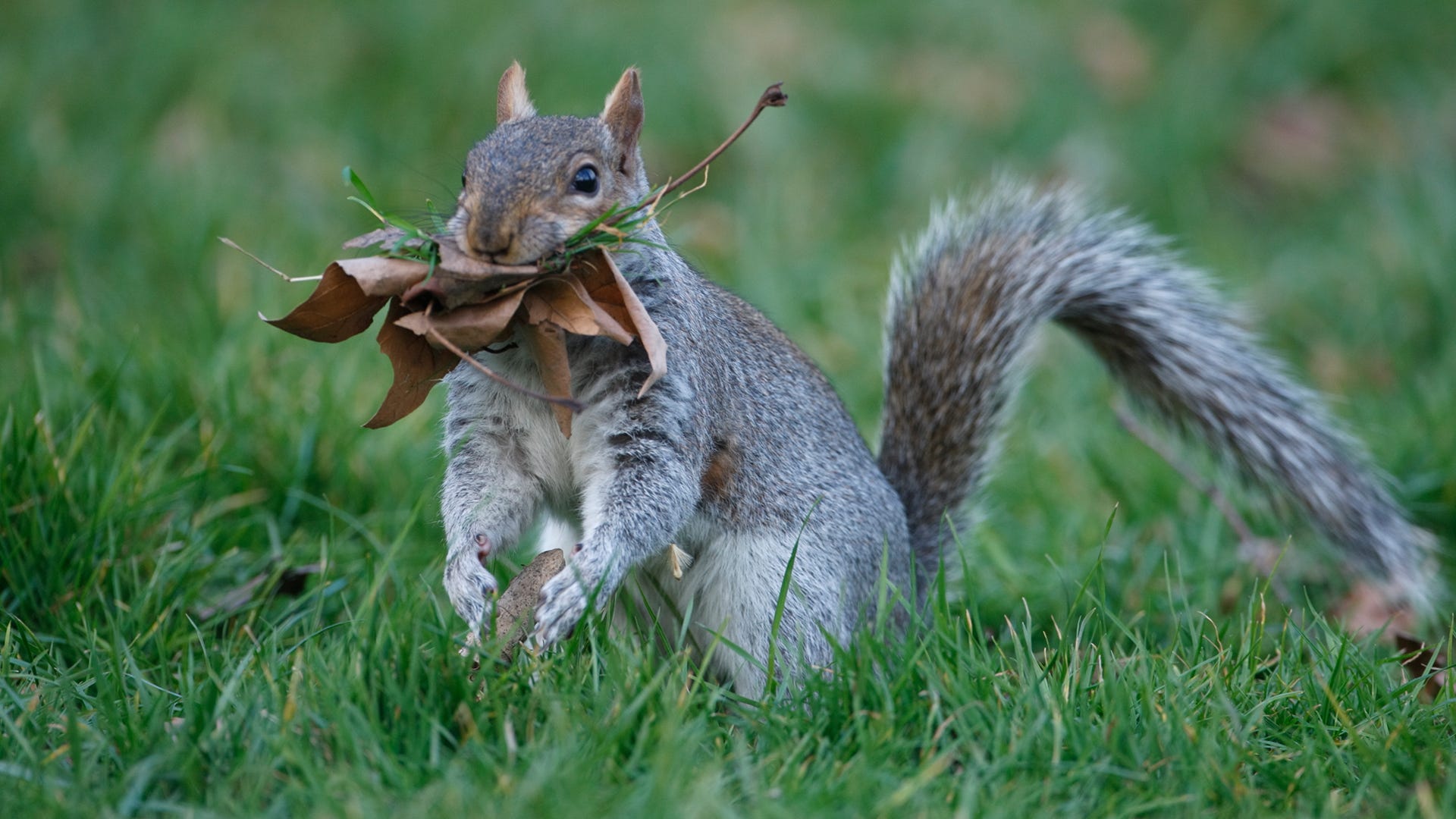As an avid outdoorsman and air rifle enthusiast, I\’ve always been fascinated by the intricate habitats of wildlife. Today, we\’re going to take a closer look at one of nature\’s most ingenious architects – the squirrel – and explore the question: what does a squirrel nest look like inside?
The Marvelous Engineering of Squirrel Nests
Squirrels, those agile acrobats of the tree tops, are known for their impressive nest-building skills. These nests, often called “dreys,” are more than just a collection of twigs and leaves. They\’re meticulously crafted homes that protect these furry creatures from predators and harsh weather conditions.
Location, Location, Location
Before we dive into the interior, let\’s talk about where you\’re likely to spot these arboreal abodes. As an air gun enthusiast who spends a lot of time observing wildlife, I\’ve noticed that squirrels prefer to build their nests:
- High up in tree forks
- Near the tree trunk for stability
- Often in deciduous trees like oaks or maples
This strategic placement provides both safety and easy access to food sources.
Peering Inside: The Architecture of a Squirrel\’s Nest

Now, let\’s get to the heart of our question: what does a squirrel nest look like inside? Having had the opportunity to observe several abandoned nests up close, I can tell you it\’s a marvel of natural engineering.
The Outer Shell
The exterior of a squirrel\’s nest is typically a rough sphere about 2 feet in diameter, composed of:
- Twigs
- Leaves
- Moss
- Bark strips
These materials are woven together tightly to create a waterproof outer shell.
The Cozy Interior
Step inside a squirrel\’s nest, and you\’ll find a stark contrast to the rugged exterior. The inner chamber is a soft, warm haven lined with:
- Shredded bark
- Grass
- Moss
- Fur (often the squirrel\’s own)
- Feathers
This plush lining serves as insulation, keeping the nest warm in winter and cool in summer. The interior chamber is typically about 6-8 inches in diameter – just enough room for a squirrel or two to curl up comfortably.
A Multi-Functional Space
As someone who\’s spent countless hours observing wildlife behavior for both hunting and conservation purposes, I\’ve come to appreciate the versatility of squirrel nests. These aren\’t just sleeping quarters; they serve multiple functions:
- Nursery: Female squirrels use these nests to give birth and raise their young.
- Winter retreat: During cold months, squirrels huddle together in these insulated homes to conserve heat.
- Food storage: Sometimes, you\’ll find small caches of nuts and seeds tucked away in the nest\’s walls.
The Squirrel\’s Second Home

Interestingly, most squirrels maintain at least two nests. This strategy provides a backup home in case one is damaged or discovered by predators. It\’s a testament to their survival instincts and adaptability.
Observing Squirrel Nests: A Word of Caution

As fascinating as these nests are, it\’s crucial to remember that they are homes to wild animals. While using an air rifle for target practice or pest control is a common activity for many outdoor enthusiasts, it\’s important to practice ethical hunting and conservation.
At Air Gun Maniac, we always emphasize the importance of respecting wildlife and their habitats. If you\’re interested in observing squirrel nests, use binoculars or a spotting scope to view from a distance. This not only protects the animals but also gives you a chance to observe their natural behaviors undisturbed.
Conclusion: Nature\’s Architectural Marvels
Exploring the inside of a squirrel\’s nest reveals a world of intricate design and natural ingenuity. From the weather-resistant exterior to the cozy, insulated interior, these nests are a testament to the survival skills of these small but resourceful creatures.
As outdoor enthusiasts and air gun users, understanding and appreciating wildlife habitats like squirrel nests can enhance our connection with nature and inform our practices in the field. It reminds us of the delicate balance in the ecosystems we enjoy and the importance of responsible outdoor recreation.
Have you ever had the chance to observe a squirrel\’s nest up close? Share your experiences in the comments below! And if you\’re interested in learning more about wildlife observation techniques or air gun use in outdoor settings, be sure to check out our other articles at Air Gun Maniac.






![Air gun 101: The differences between .177 & .22 – Which jobs they do best ? [Infographic]](https://airgunmaniac.com/wp-content/uploads/2020/09/g44-218x150.jpg)








































